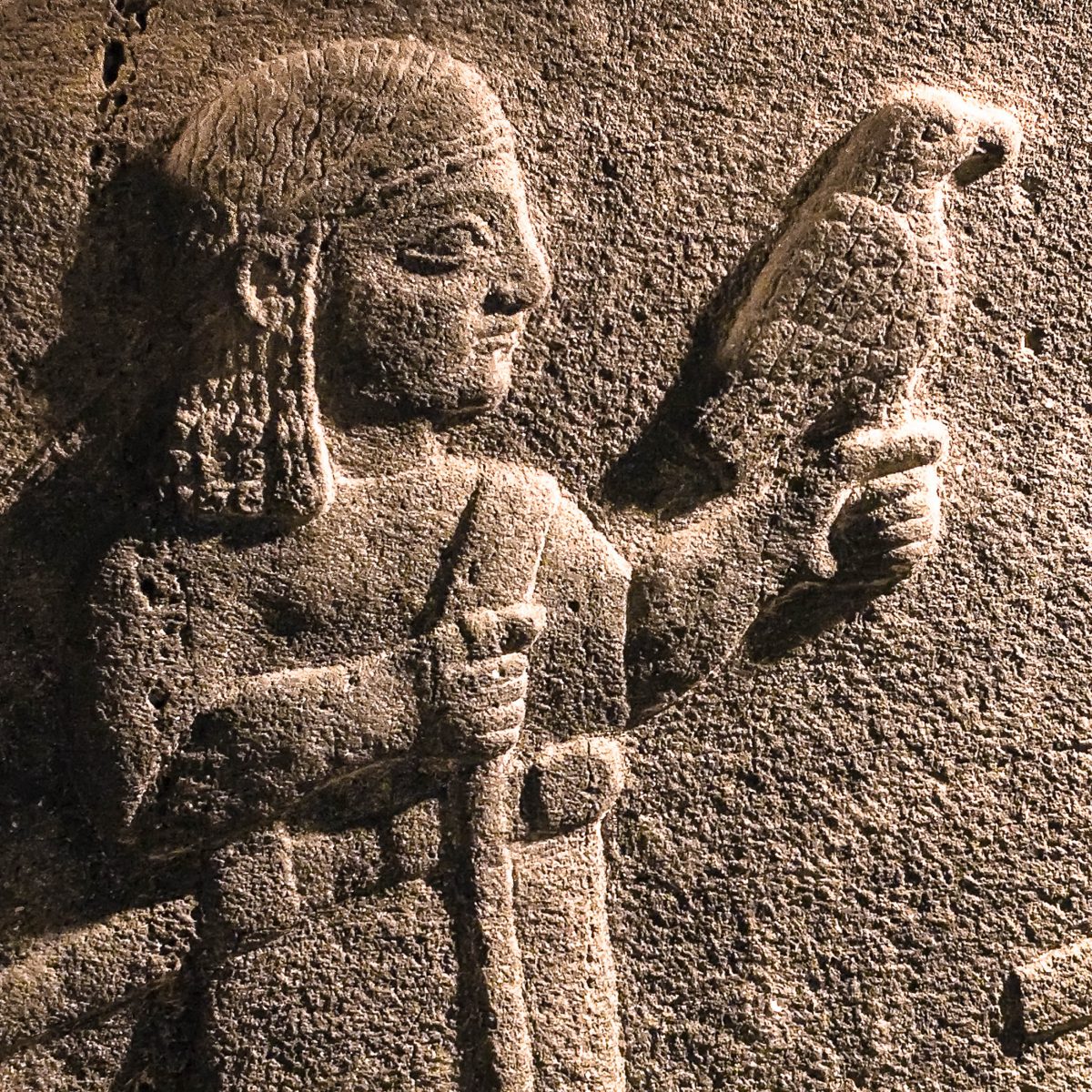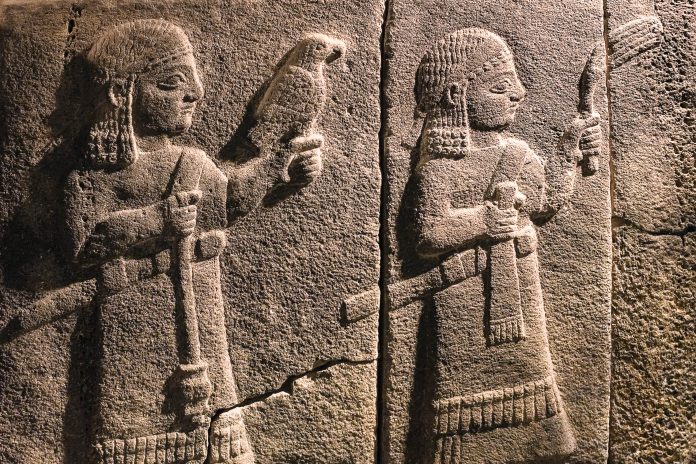Das Museum für anatolische Zivilisation in Ankara gilt als das bedeutendste Museum der Türkei. Es enthält archäologische Ausgrabungsschätze der Hethiter, Phryger und Urartäer, die bis in die Altsteinzeit datieren.
Das Museum für anatolische Zivilisation in der türkischen Hauptstadt Ankara gilt als das beste und wichtigste Museum der Türkei und eines der reichsten Museen der Welt. Es genießt auch international hohe Anerkennung und wurde mit dem Titel „Europäisches Museum des Jahres 1997″ ausgezeichnet. Als eine der Top 10 Sehenswürdigkeiten der Türkei sollte es beim Türkei-Urlaub unbedingt dabei sein!
Das Museum für anatolische Zivilisationen befindet sich im Atpazari-Viertel unterhalb der Zitadelle und ist in zwei ehemaligen Gebäuden untergebracht: dem Basar „Mahmut Paşa Bedesteni“, der die Ausstellungsräumlichkeiten beinhaltet und der Karawanserei „Kurşunlu Han“, die die Forschungs- und Verwaltungsräume beherbergt.
Ursprünglich war das Museum für anatolische Zivilisation als reines Hethiter-Museum geplant; teilweise wird es jetzt auch noch so bezeichnet. 1943 wurde der erste Teil für Besucher freigegeben, vollständig eröffnet wurde es erst 1968.
Wie der Name schon sagt liegt der Fokus der Ausstellungen auf den anatolischen Kulturen, wie z.B. den Hethitern, Urartäern, und den Phrygiern. Ihre Lebensweise und Errungenschaften sind von den ersten 2 Millionen Jahre alten Steinwerkzeugen der damaligen Jäger und Sammler aus der Altsteinzeit bis hin zu hellenistischen und römischen Skulpturen im Erdgeschoß des Museums dargestellt.
Jede Kultur hatte bereits beeindruckende handwerkliche Kunstfertigkeiten, was durch einen meisterlichen bronzenen Löwen der Urartäer, einen erstaunlich gearbeiteten Holzklapptisch der Phrygier und ein beachtliches Sphinx-Relief der Hethiter eindrucksvoll zur Schaut gestellt wird. Viele der Ausstellungsstücke sind mehrere tausend Jahre alt.
Highlights im Museum für anatolische Zivilisation

Höhepunkt der Sammlung sind sicherlich die hethitischen Keilschriften aus Boğazkale, die dem UNESCO Weltdokumentenerbe angehören. Die altsteinzeitlichen Funde aus der Karain-Höhle bei Antalya weisen auf die frühe Besiedlung Ankaras durch Neandertaler hin. Sie werden auf ca. 400.000 Jahre geschätzt und sind damit die ältesten archäologischen Funde der Türkei.
Aus der Jungsteinzeit sind bis zu 6.000 Jahre alte Statuen und Terrakottagefäße ausgestellt, darunter die Venus von Çatalhöyük, der ältesten Großsiedlung der Türkei. Auch aus der Kupfer- und Bronzezeit ist eine Vielzahl an kunstvollen Figuren und Standarten, sowie wertvolle Grabbeigaben aus Gold, Silber und Bernstein zu sehen.
Die Hethiter waren das erste Volk, das die Geschichte Anatoliens nachhaltig prägte. Ihre Hauptstadt Hattuša avancierte zu einer der bedeutendsten archäologischen Fundstätten aus dem 4. Jahrhundert nach Christus.
Nach den Hethitern besiedelten die Phryger Kleinasien und hinterließen den heutigen Forschern ihre Hauptstadt Gordion mit ersten Keramikerzeugnissen als Fundstätte. Danach kamen die Urartäer, von denen heute kunstvolle Elfenbeinschnitzereien und Bronzegegenstände erhalten sind.
Im Untergeschoß werden künstlerische Meisterwerke der Griechen, Römer und Osmanen ausgestellt, unter anderem ein besonders wertvoller vollständig erhaltener römischer Kopf aus Marmor.
Im Außenbereich sind all jene Funde zu besichtigen, die viel Platz benötigen, wie zum Beispiel ganze Wandfragmente, Stelen und Steinskulpturen, darunter eine Kopie des Monuments von Fasillar, einer 70 Tonnen schweren hethitischen Skulptur, die ca. 60km westlich von Konya scheinbar nutzlos im Sand liegt.





